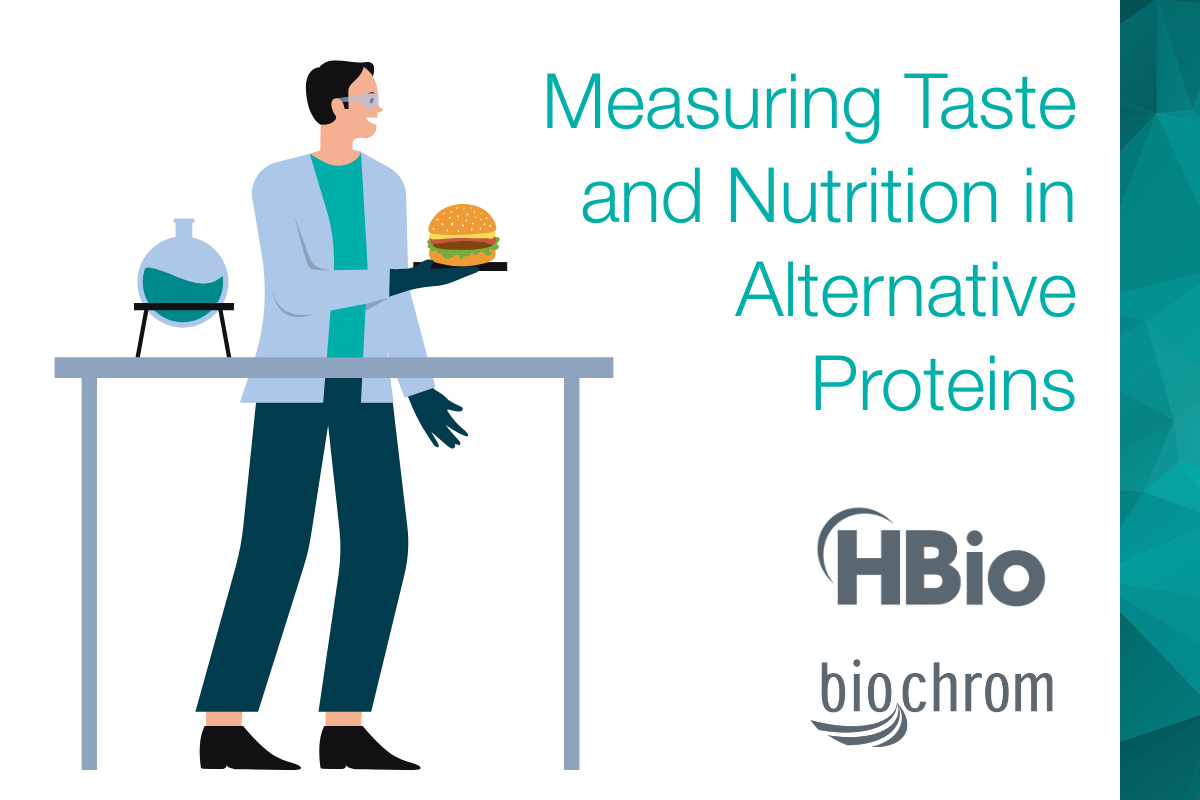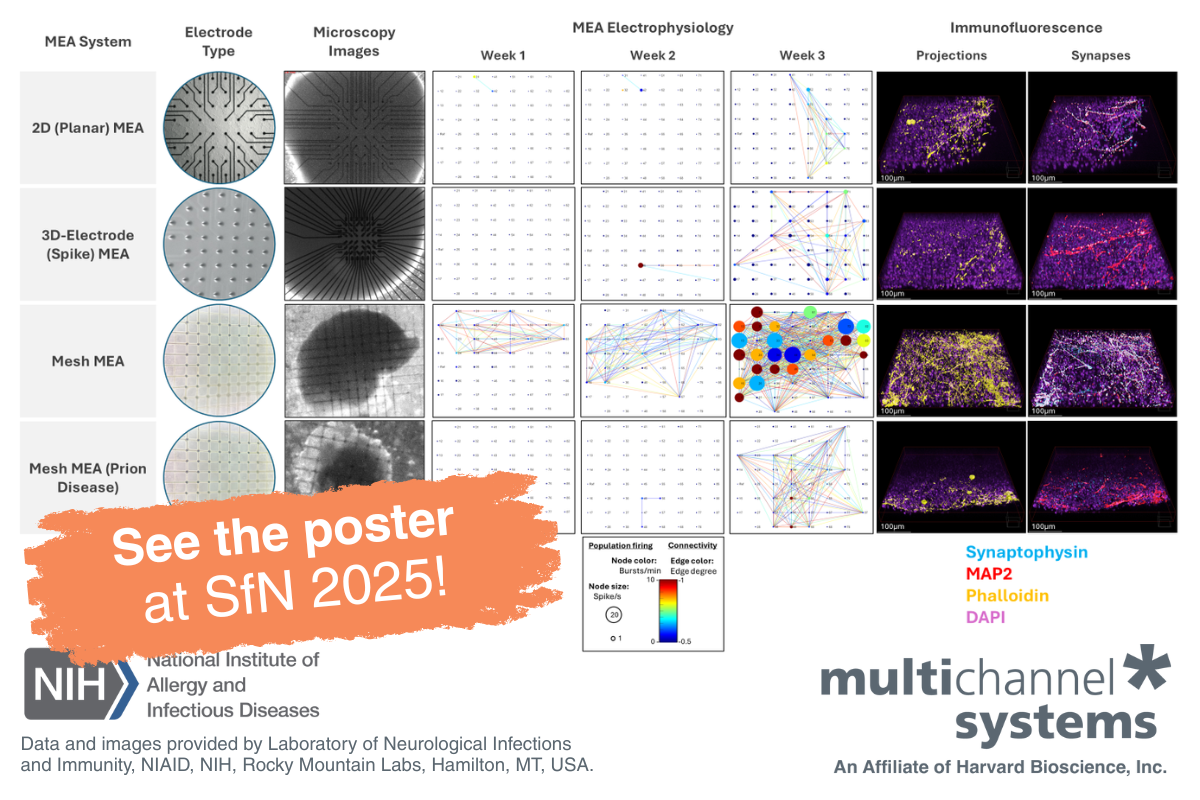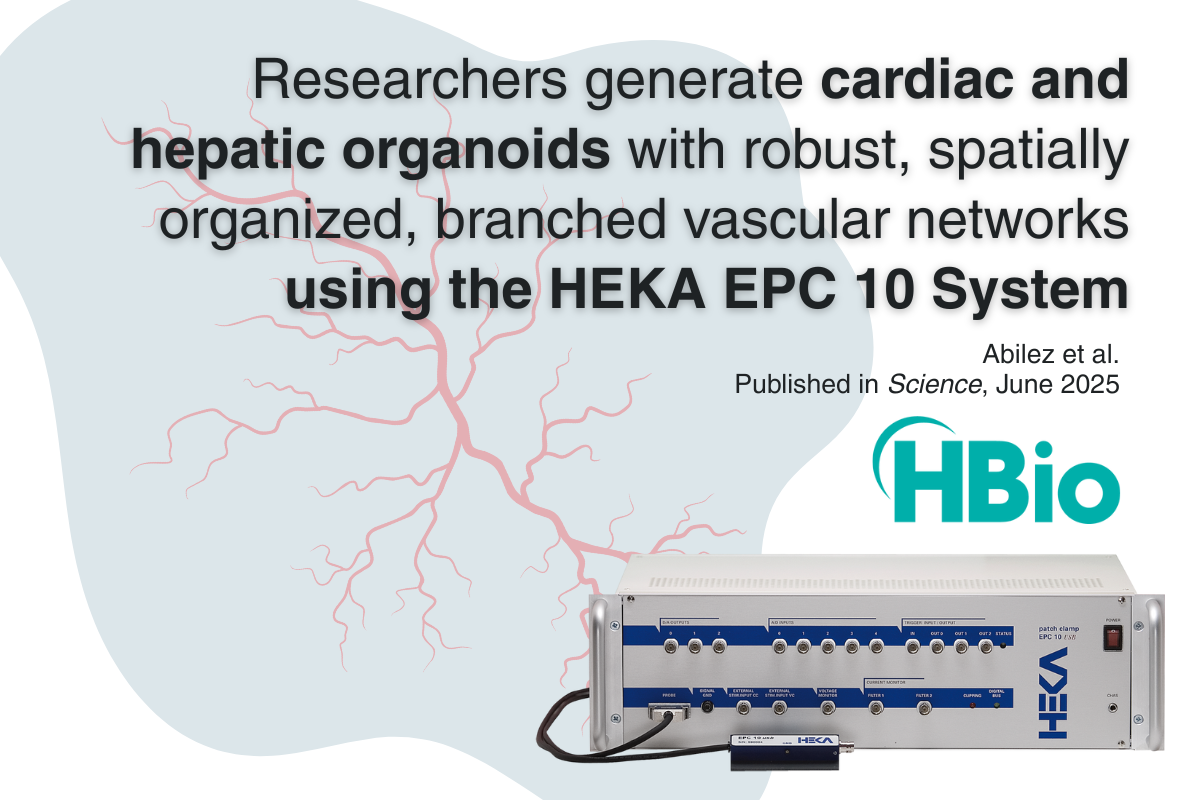
Unlocking the Future of Food: Amino Acid Analysis in Alternative Proteins
Often overlooked in favour of simpler, outdated methods like Kjeldahl for protein content estimations, AAA provides the specificity, accuracy, and insight needed to meet both regulatory standards and consumer expectations in the alt-protein space.
As the alternative protein industry rapidly evolves—from plant-based meats to lab-grown and insect, or fungal-derived proteins—one challenge remains consistent: how do we accurately determine the nutritional value and taste of these new protein sources?
At the heart of this challenge is amino acid analysis (AAA). Often overlooked in favor of simpler, outdated methods like Kjeldahl for protein content estimations, AAA provides the specificity, accuracy, and insight needed to meet both regulatory standards and consumer expectations in the alt-protein space.
Why Traditional Protein Testing Falls Short
Many global food regulations still rely on the Kjeldahl method, which uses nitrogen as a proxy to estimate protein content. While it’s quick and cost-effective, it has major limitations:
- It can’t distinguish between actual amino acids and contaminants like melamine or urea.
- It gives no insight into protein quality or amino acid profile.
- It’s not ideal for heavily processed or novel protein sources like cultured meat or plant-based composites.
In contrast, amino acid analysis directly quantifies the amino acids in a sample, offering precise data that reflects the true nutritional value. This is particularly important as the industry faces increasing scrutiny around transparency and labelling accuracy.
Amino Acids: The Link Between Taste and Nutrition
Beyond just nutrition, amino acids play a key role in the taste of alternative proteins. From the savory umami flavor to subtle notes of sweetness or bitterness, amino acids help mimic the complex taste of meat. Studies show that even small variations in amino acid composition can significantly impact consumer perception.
In fact, Biochrom’s AAA technology has been used to compare a supermarket beef burger with a soy-free plant-based burger. The results revealed that the plant-based product contained less protein than advertised—a discrepancy with real regulatory and reputational consequences.
Protein Quality: More Than Just Quantity
Not all proteins are created equal. High-quality proteins provide all 9 essential amino acids in forms our bodies can absorb and use efficiently. Many plant-based sources fall short unless carefully formulated or supplemented.
That’s why formulae like the PDCAAS (Protein Digestibility-Corrected Amino Acid Score) and the more modern DIAAS (Digestible Indispensable Amino Acid Score) are essential. They assess not just amino acid presence, but digestibility too. Accurate amino acid profiling is required to calculate both scores and make credible health or nutrition claims.
AAA in Practice: From R&D to QC
Amino acid analysis isn't just for academic studies—it’s a critical tool throughout the product lifecycle:
- Cell culture media analysis in lab-grown meat to optimize nutrient feeding
- Quality control to detect spoilage, adulteration, or microbial contamination
- Product development to fine-tune taste, texture, and nutrition
- Regulatory compliance for nutrition labels and international trade
Instruments like the Biochrom 30+ Series Amino Acid Analyzer are tailor-made for these tasks. With superior separation, low interference (even in salty or complex samples), and robust reproducibility, they offer a clear advantage over alternatives like LCMS, HPLC, or Kjeldahl.
Looking Ahead
As consumers demand cleaner labels, better taste, and real nutritional benefits from alternative proteins, amino acid analysis will become a cornerstone technology in the food industry. Whether you’re producing cultured meat, exploring fungal proteins, or optimizing plant-based blends, AAA offers the clarity and confidence needed to innovate responsibly.
Reference list
Mæhre, H.K., Dalheim, L., Edvinsen, G.K., Elvevoll, E.O. and Jensen, I.-J. (2018). Protein Determination—Method Matters. Foods, 7(1), p.5. doi:https://doi.org/10.3390/foods7010005.
Joo, S.-T., Choi, J.-S., Hur, S.-J., Kim, G.-D., Kim, C.-J., Lee, E.-Y., Bakhsh, A. and Hwang, Y.-H. (2022). A Comparative Study on the Taste Characteristics of Satellite Cell Cultured Meat Derived from Chicken and Cattle Muscles. Food Science of Animal Resources, 42(1), pp.175–185. doi:https://doi.org/10.5851/kosfa.2021.e72.
Charton, E., Henry, G., Armelle Cahu, Yann Le-Gouar, Dahirel, P., Moughan, P.J., Montoya, C.A., Bellanger, A., Dupont, D., Isabelle Le Huërou-Luron and Amélie Deglaire (2023). Ileal Digestibility of Nitrogen and Amino Acids in Human Milk and an Infant Formula as Determined in Neonatal Minipiglets. The Journal of Nutrition, 153(4), pp.1063–1074. doi:https://doi.org/10.1016/j.tjnut.2023.02.025.
Amare, E., Mouquet-Rivier, C., Servent, A., Morel, G., Adish, A. and Haki, G.D. (2015). Protein Quality of Amaranth Grains Cultivated in Ethiopia as Affected by Popping and Fermentation. Food and Nutrition Sciences, 06(01), pp.38–48. doi:https://doi.org/10.4236/fns.2015.61005.
Eide, L.H., Morales-Lange, B., Kuiper, R.V., Dale, O.B., Rocha, S.D.C., Djordjevic, B. and Margareth Øverland (2024). Fermented sunflower meal in diets for Atlantic salmon under commercial-like farming conditions promotes gut lactic acid bacteria and controls inflammation in the distal intestine. Aquaculture, 595, pp.741517–741517. doi:https://doi.org/10.1016/j.aquaculture.2024.741517.
Hubalek, S., Post, M.J. and Moutsatsou, P. (2022). Towards resource-efficient and cost-efficient cultured meat. Current Opinion in Food Science, 47, p.100885. doi:https://doi.org/10.1016/j.cofs.2022.100885.




